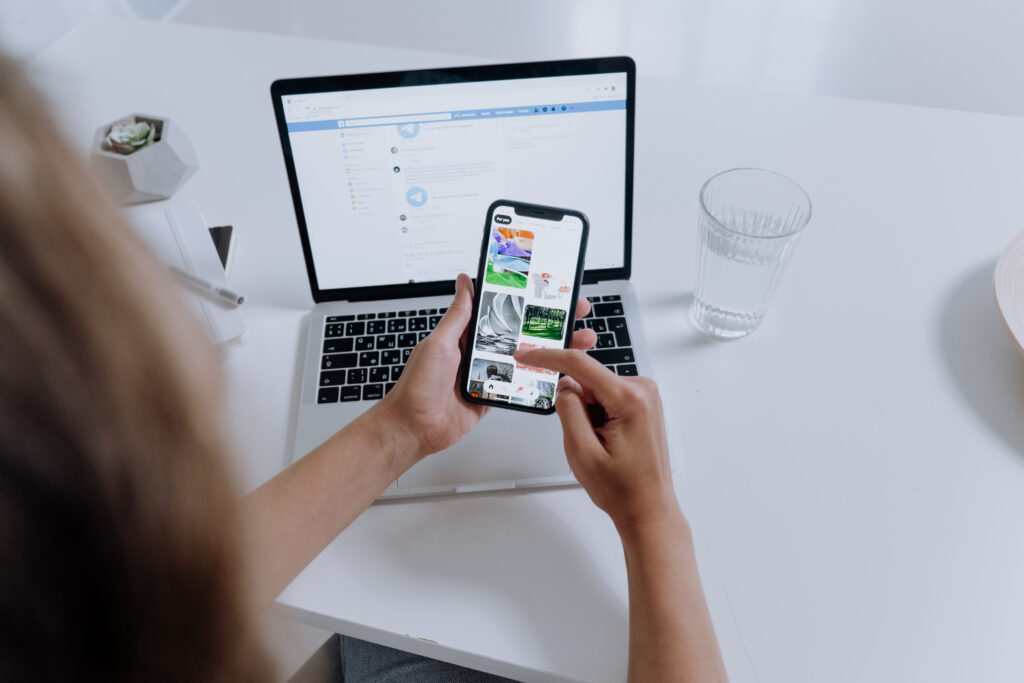Images play a vital role in e-commerce as they help customers visualize the products they intend to purchase. Product images must be visually appealing, clear, and high quality. They can be the deciding factor for customers when it comes to making a purchase. However, it’s not just about having great images. You need to optimize them for the web to ensure they load quickly and efficiently on your website. In this article, we will provide you with tips on how to optimize images for the web and maximize sales.
1. Compress Your Images
The larger the image file size, the longer it will take to load on your website, which can result in a poor user experience. Compressing your images is a great way to reduce their file size without compromising their quality. There are several tools available that can help you compress your images, such as TinyPNG, Kraken, and Compressor.io.
2. Choose the Right File Type
Choosing the right file type for your images can also have a significant impact on their file size and load time. The most commonly used file types for web images are JPEG, PNG, and GIF. JPEG is the best option for photographs, PNG is ideal for images with transparency, and GIF is great for animated images.
3. Optimize Your Image Sizing
The size of your images can also affect their load time. You want to ensure that your images are appropriately sized for your website’s layout. Large images can slow down your website, while small images can appear blurry or pixelated. A general rule of thumb is to aim for a file size of around 100KB or less per image.

4. Use Alt Text
Alt text is used to describe your images to search engines, which can improve your website’s SEO. Alt text also helps users who are visually impaired or have a slow internet connection understand what the image is about. Make sure to include descriptive alt text that accurately describes the image.
5. Name Your Images Appropriately
Naming your images appropriately can also help with your website’s SEO. Use descriptive, relevant file names that accurately describe the image. Avoid using generic names like “image1” or “picture2.”
Example 1: Optimizing Product Images for Clothing
Let’s say you’re an e-commerce store selling clothing. You want to showcase your products in the best possible way. Here are some optimization tips you can use:
- Compress your images using a tool like TinyPNG or Kraken.
- Choose the right file type. Use JPEG for photographs and PNG for images with transparency.
- Optimize your image sizing. Aim for a file size of around 100KB or less per image.
- Use alt text to describe the clothing in the image. For example, “red long-sleeve dress with lace detail.”
- Name your images appropriately. Use names like “red-lace-dress.jpg” instead of “image1.jpg.”
Example 2: Optimizing Product Images for Electronics
Now, let’s say you’re an e-commerce store selling electronics. Here are some optimization tips you can use:
- Compress your images using a tool like Compressor.io or TinyPNG.
- Choose the right file type. Use JPEG for photographs and PNG for images with transparency.
- Optimize your image sizing. Aim for a file size of around 100KB or less per image.
- Use alt text to describe the electronics in the image. For example, “Apple MacBook Air 13-inch with Retina display.”
- Name your images appropriately. Use names like “macbook-air-13-inch.jpg” instead of “image1.jpg.”
In conclusion, optimizing your product images for the web is crucial to ensurethat they load quickly and efficiently on your website. By following these optimization tips, you can improve your website’s user experience and increase your chances of making a sale. It’s important to remember that optimizing images is not a one-time process. As you add new products to your website, make sure to apply these optimization techniques to each new image.
In addition to these tips, there are also other factors that can affect image optimization, such as image resolution, color mode, and image quality. It’s important to keep these factors in mind when optimizing your product images for the web. By taking the time to optimize your product images, you can ensure that your website is providing a high-quality user experience, which can lead to increased sales and customer satisfaction.
In summary, optimizing product images for the web is a crucial aspect of e-commerce. By compressing images, choosing the right file type, optimizing image sizing, using alt text, and naming images appropriately, you can improve your website’s user experience and increase your chances of making a sale. Remember to apply these optimization techniques to each new image you add to your website and consider other factors that can affect image optimization. With these tips, you can maximize your sales through optimal product image optimization.
Take your business to the next level today! Start implementing these effective strategies and partner with Brand Featured to grow your sales and expand your customer reach. Don’t delay any further, and let Brand Featured help you achieve your business goals.


